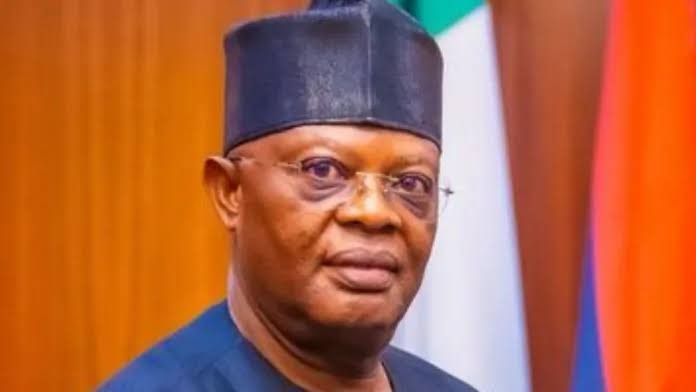African history is an exciting mesh of inter related facts and events. Historical hand written documents are essential source of knowledge concerning past culture and societies. This historic knowledge are usually presented to the non-specialist (museum or city visitors) in a siloed, simplistic and localized manner.
The museum project in this century intends to change these narratives with an interdisciplinary consortium of many partners from several African countries. We intend to try a collaborative strategy and developing technologies to help answer two intrinsically united humanities challenges.
One, how can we present historic knowledge to non-specialist audiences in an engaging way?
Secondly, how can we further trigger these audiences to reflect individually and collectively, on African history and its connection to the present?
In an era where unity is more important than ever in African, the museum project contributes to the understanding of otherness and shows the importance of the past to explain the present.
The museum project is implemented through four pilots, which act as real- world demonstrators of what we aim to achieve. From large museums to small ones and from indoors to outdoors, each pilot represents a strategically important type of African historical venue.
Pilot I – large multi-thematic
Venue: Building narratives through personalization.
Pilot I takes place in the National Theatre and Gallery of Arts Nigeria. Here, it triggers reflection through personalization, as it uses the gallery’s large collection to offer the visitors personalized stories that highlight the connections among people’s place and events across African history, through art, semantic reasoning recommends systems and path routing optimization are employed to ensure that each visitor will be navigated through the conceptually linked exhibits that interest them the most, while avoiding congested spaces as much as possible.
The improved quality of experience that this combination of technologies offers balancing in a unique way individual visitor needs with museum-wide objectives, can be extended and customized to serve the needs of various other large venues and routing optimization across Africa.
Pilot II, Many Venues of similar thematic: Building narratives through social networks and gaming. The second pilot triggers reflection through socialization. This should take place in four different small venues such as the pyramids of Egypt, South Africa, Surkur in Nigeria and Central Africa. Where thermo-mineral water and its use should be presented as one of the most important natural resources of the past and the present. Through social networked gaming and story-telling the pilot connects remote groups of visitors helping them understand the historic connections shared by the venues in this case, on thermalism and water (composition, cults, health, treatments, pilgrimages, leisure and daily life).
The focus on multiple venues is strategically important, due to the huge number of small and medium-sized museums around Africa connected through similar themes.
Pilot III – should consist of a small venue: Building narratives through content enrichment. This has to be in a peripheral, low profile museum, the Archaeological museum of Lokoja in a central place connecting the southern and Northern part of the country. This should be for content enrichment and storytelling. Like many other small museums all over Africa, this venue houses interesting objects, but offers limited information material and is often overshadowed by larger venues like Benin Museum. Content enrichment, in the form of digital narratives, story-telling and social media, backed by psychology techniques, such as empathy increase, are used to create a non-typical visit that goes beyond a traditional object showcase and immerse visitors into life, power structures, and the place of women in antiquity.
History in this respect, becomes relevant to people’s lives, enabling them to see the connection between their present and the past, by reflecting on ever-important human issues like religion, mortality and social equality. The example of pilot III can be applied to multiple other small cultural spaces to help raise their profile and take advantage of the latest social, educational and technological developments.
Pilot IV – will deal with multiple cities. Building narratives through urban informatics and crowd sourcing African history is intrinsically connected with location. Our cities, buildings and streets bear the marks of the people and populations that have inhabited them. Pilot IV should take place outdoors in two cities. For instance Lagos (Nigeria) and Pretoria in South Africa.
This will trigger reflection through urban discovery. Focusing on the topic of migration, past for Nigeria and present for South African and using the technologies of locations- based services, urban informatics and crowdsourcing. It will invite people to walk the two cities, discover and share stories; visitors and residents will engage in comparative reflection that challenges their perception on topics touched by migration such as identity, quality of life, traditions, integration and sense of belonging. This pi,ot has significant potential for the promotion of cultural tourism, as its technologies support the easy integration of new cities to its existing seed city network. A living lab that you are welcome to join.
Museum project will implement its vision through a living lab approach. We will invite researchers, cultural heritage representatives and stakeholders to co-design with us, take part in our experiments and share their viewpoints in a network of venues and experts across Africa.
Mobunubhata is Assistant Director, National Commission for Museums Monuments, Benin City


